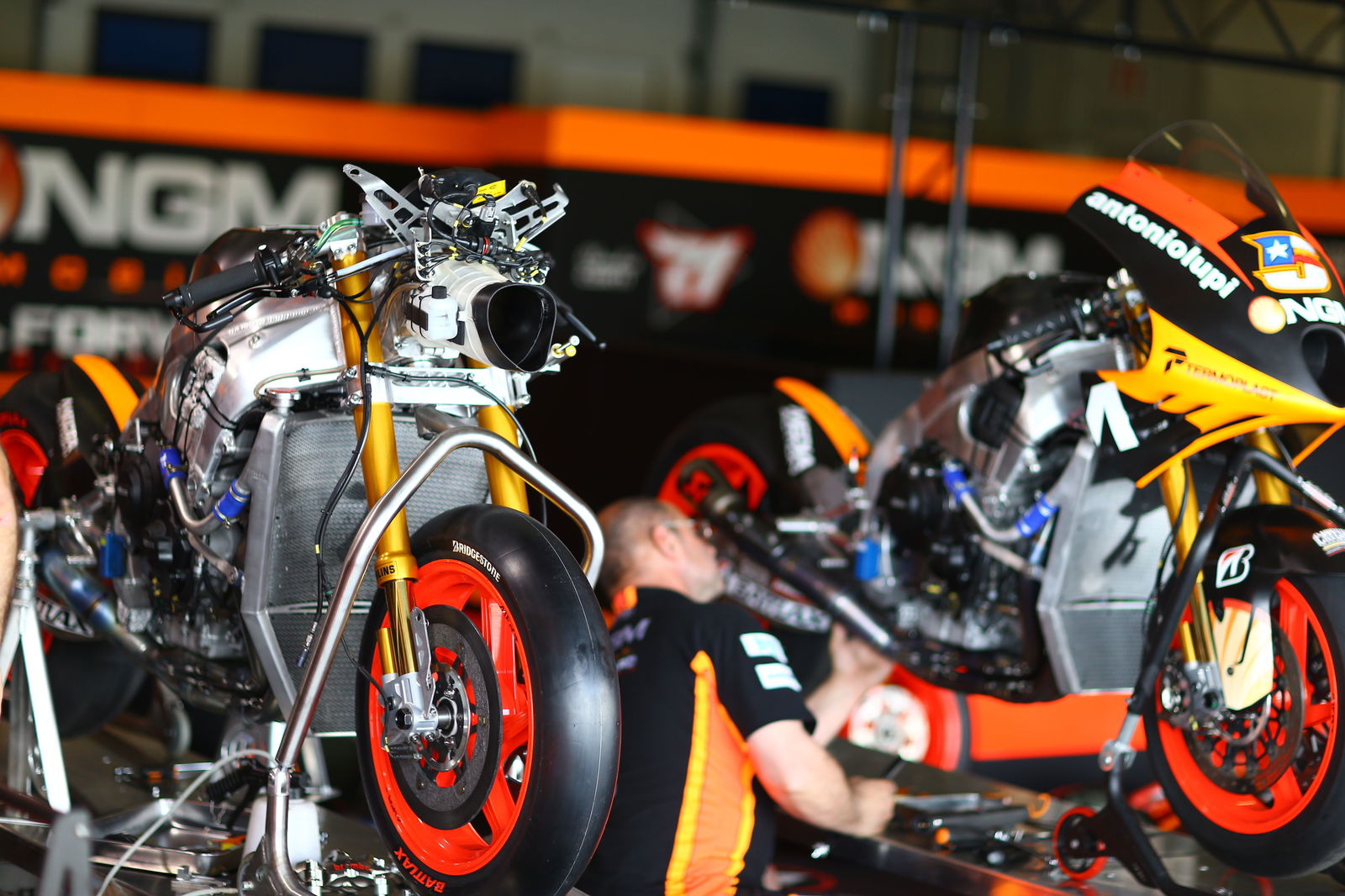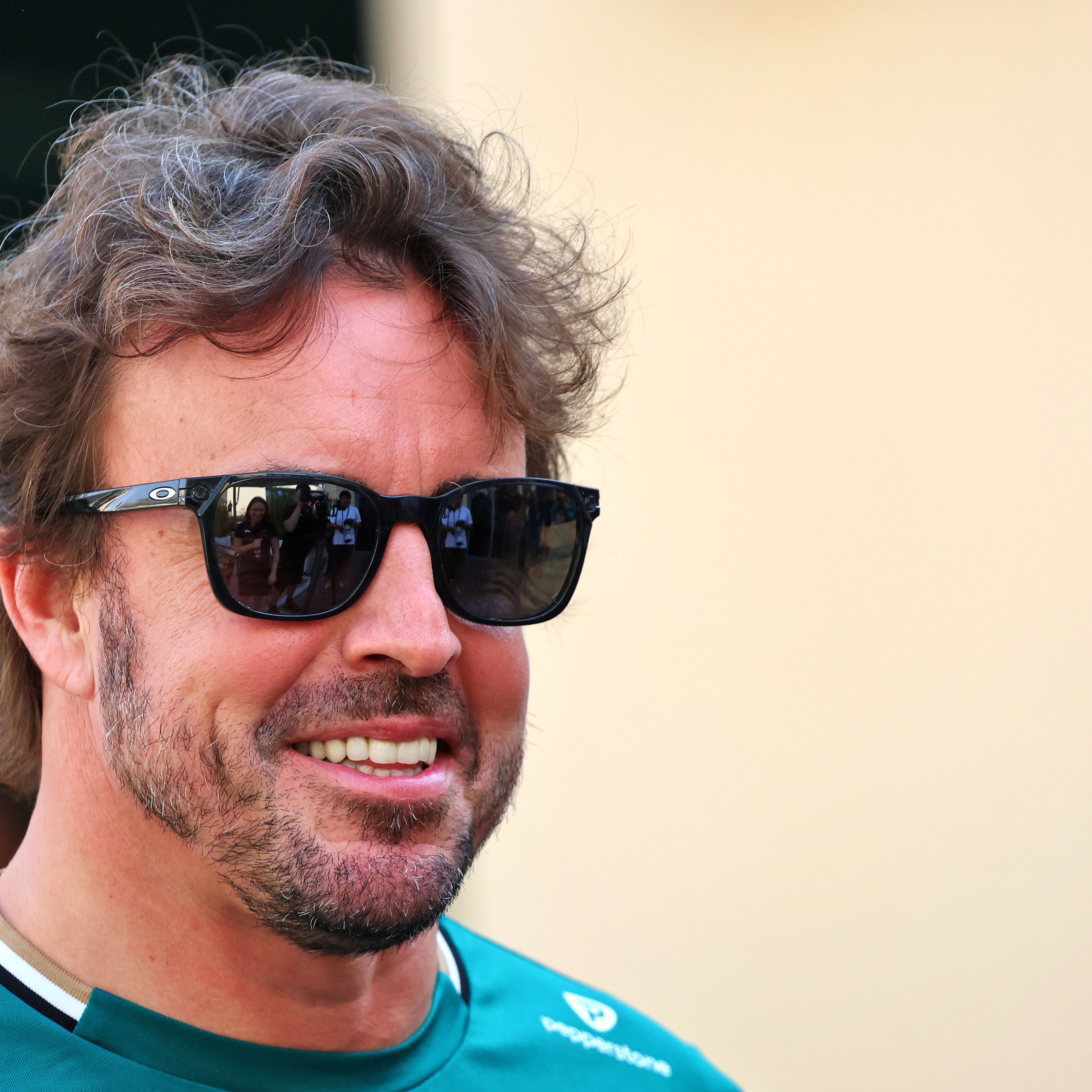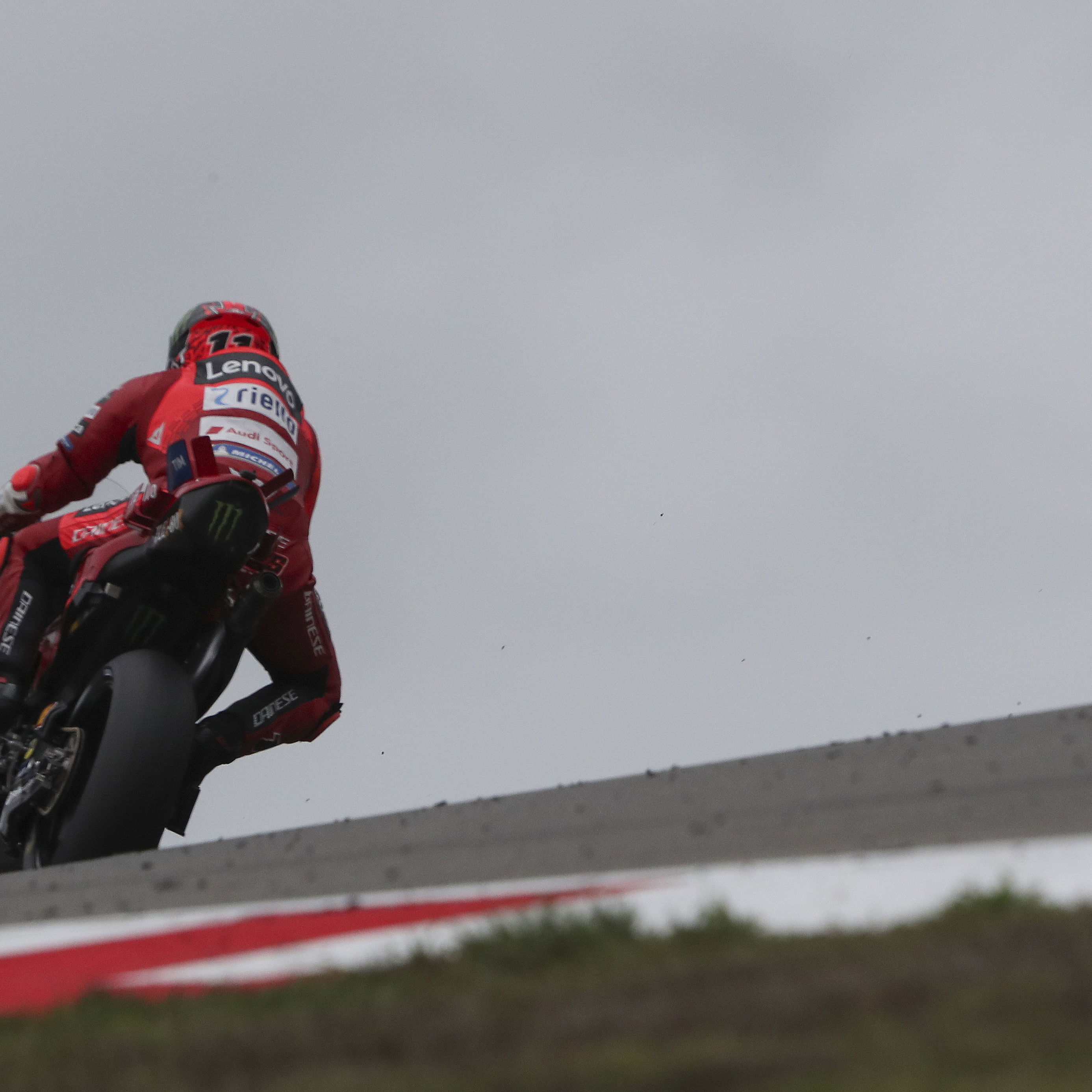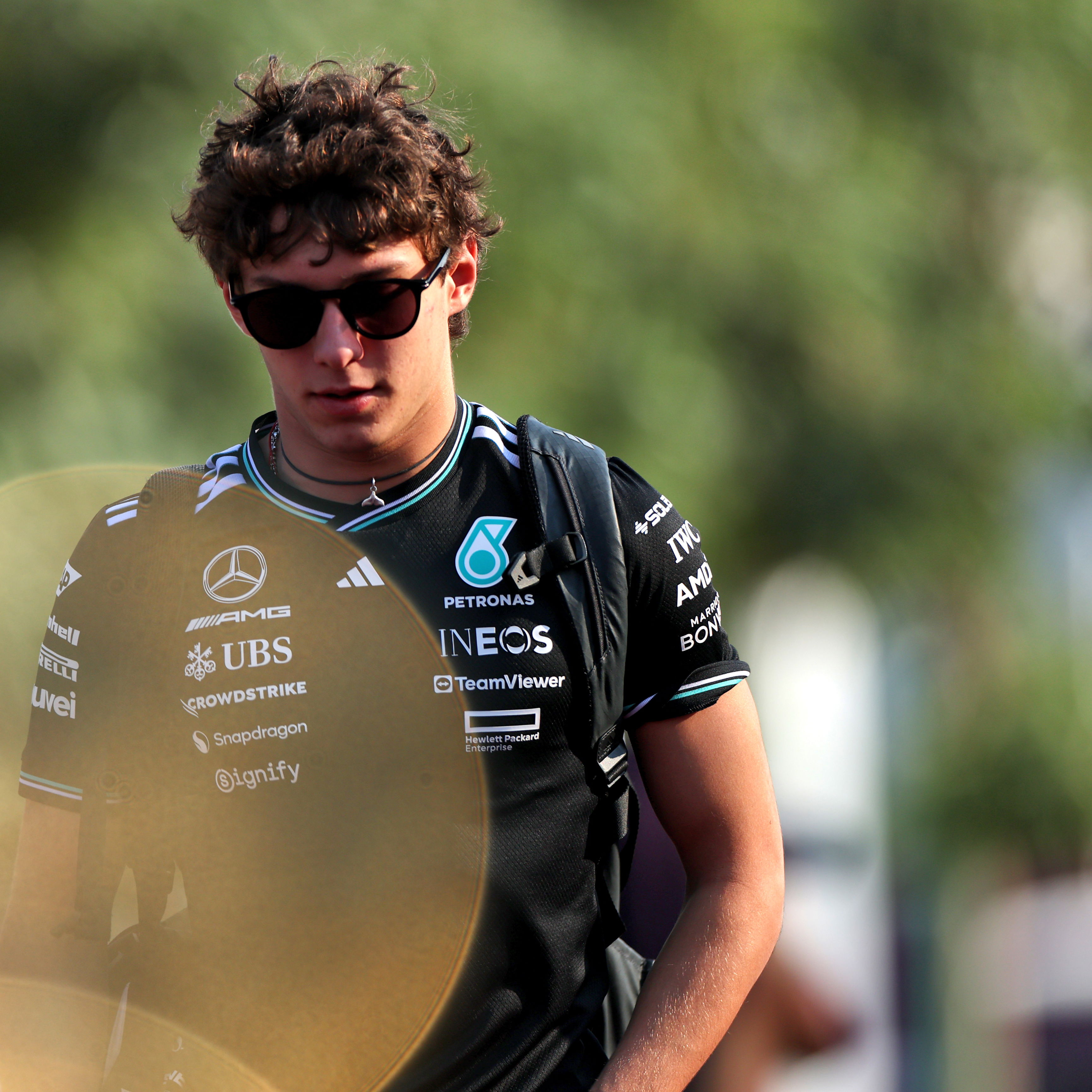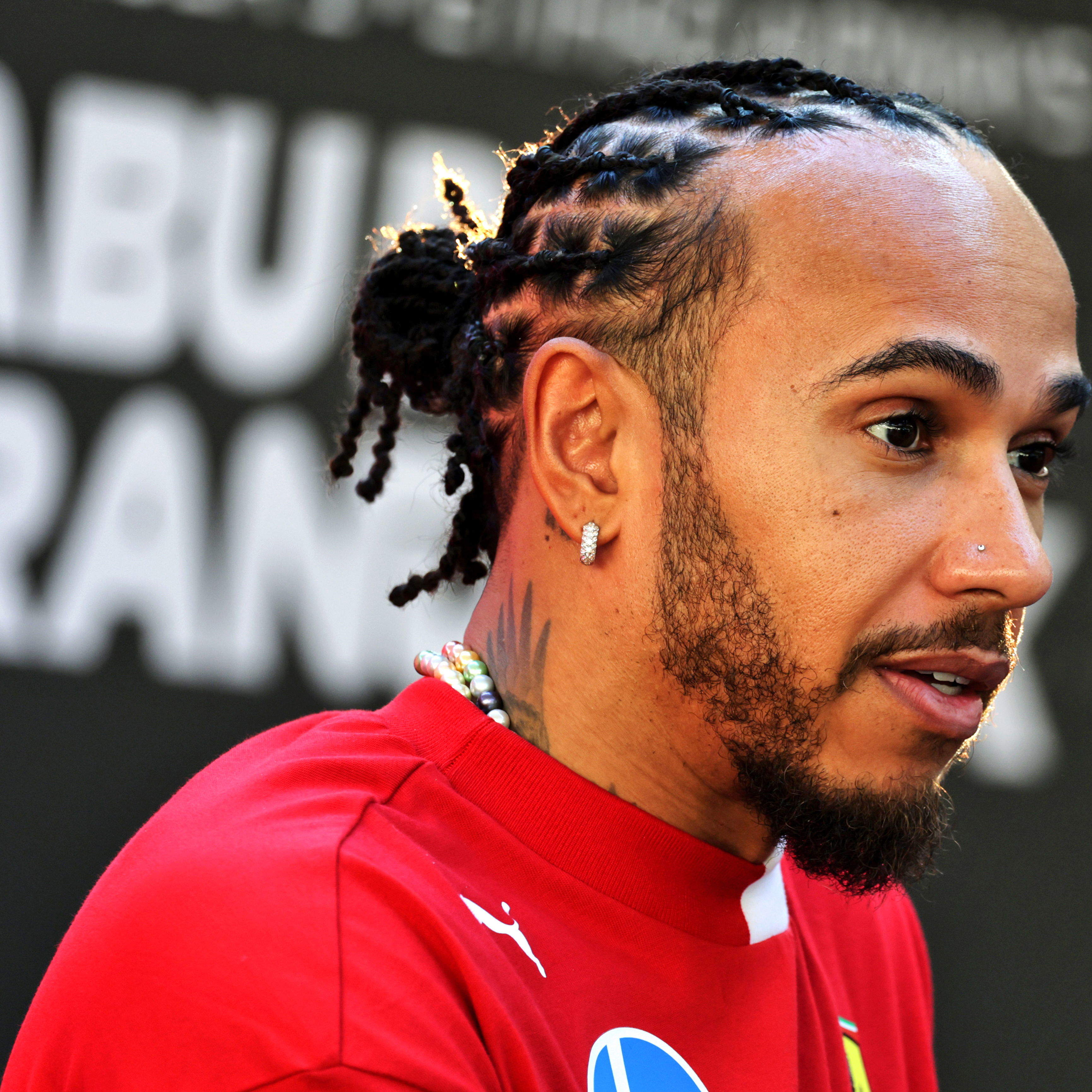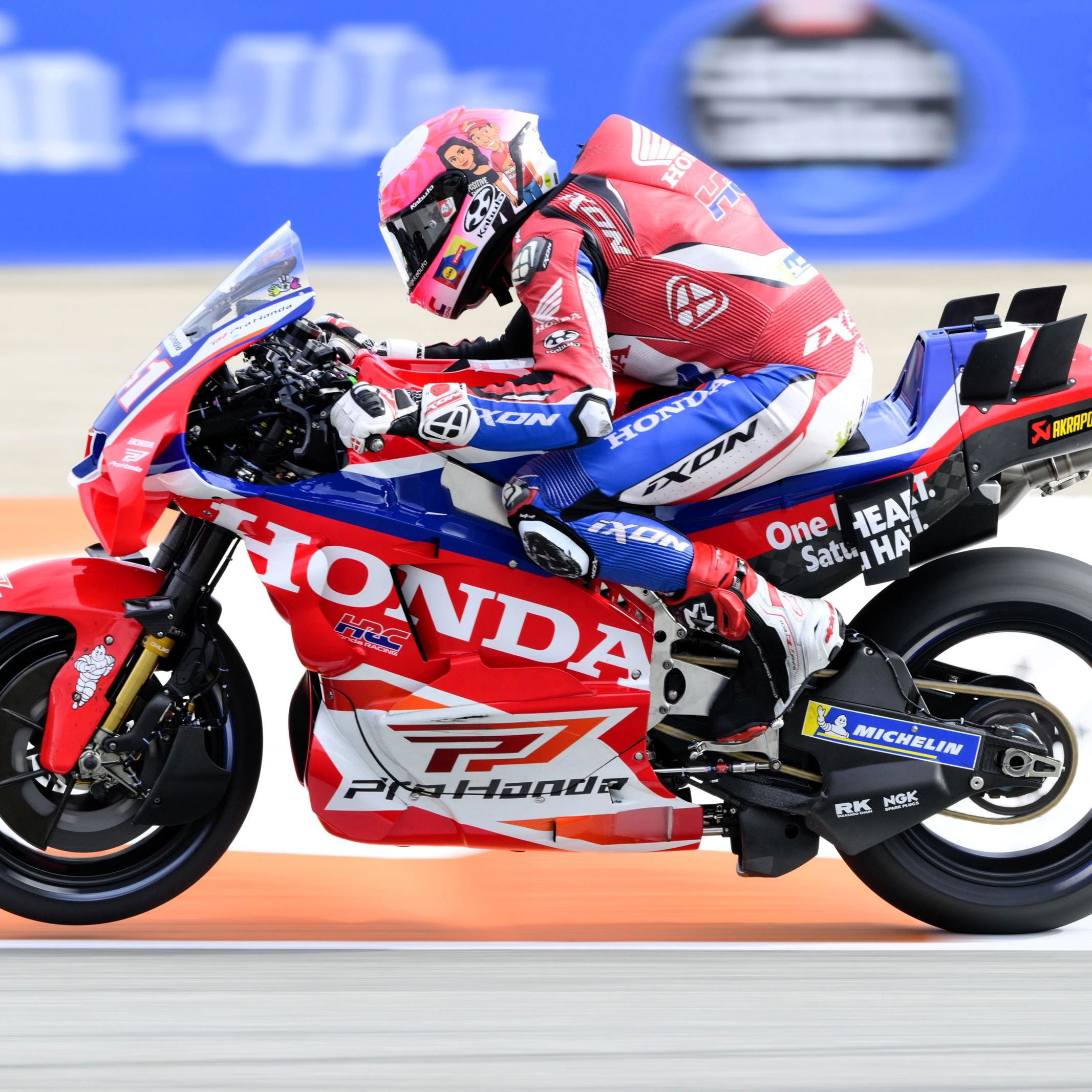Phil Borley (PBM MotoGP) - Q&A

By Christian Tiburtius
An exclusive interview with Paul Bird Motorsport's MotoGP technical director Phil Borley, who has been heavily involved in the team's new-for-2013 CRT prototype and also works as crew chief for its rider Michael Laverty.
During the interview, Phil gives a candid insight into the technology used by a modern MotoGP machine and the role of crew chief within a race team...
Crash.net:
How did you get into racing?
Phil Borley:
I got into road racing through a friend. When I left college I was working in a motorcycle shop and the guy who owned the shop was the 50cc British champion and it was his love of bikes and racing experience that got me involved.
I was first interested in enduros and motocross but later we built an 80cc road race bike and that got me hooked and the next thing I know I'm on a 250cc Rotax Armstrong. I raced professionally for eight to ten years, mainly on 600s in the Supersport class and then on the Superbikes, on the RC45 and the Duckhams Norton.
I was pretty successful in that I was British champion in '92 and second in the European championship in '93. It was through the racing that I got to know Paul [Bird] and Paul offered me a job in 2000 when I was struggling to get sponsorship to carry on racing myself.
The job I was offered was James Toseland's crew chief in his first year in Superbikes running the SP1. It was a lot of work as a new project because we were also doing a TT with Joey Dunlop and that meant I didn't have time to be apprehensive in such an important role.
Crash.net:
You have a lot of experience as a crew chief, are there any riders who stand out?
Phil Borley:
I've been lucky to have worked with some of the best, Steve Hislop, James Toseland, Shakey [Byrne] and obviously Michael Laverty. Working with riders like that obviously makes the job easier.
Paul also always wants to supply his riders with the best equipment available so that gives these high caliber riders confidence in the bike they're riding and that's probably why Paul's teams have always been so successful. Paul's very serious about the racing, puts lots into it and has high expectations.
Crash.net:
With such exotic bikes available to the team, have you ever tried them?
Phil Borley:
The last race bike I had a go on was the 998 F02 MonsterMob Ducati Shakey won the [BSB] championship on. I had a go on that at Croft and blew a few cobwebs away. It didn't scare me, but it made me realize how fit you have to be to ride the things. I'd only been away from racing a few years but after about three or four laps I was absolutely exhausted.
I'd love to try the MotoGP bike at Mugello or Catalunya just to have a run around. Those opportunities don't come around very often though. I just have to think that I was fast and probably could be again - the MotoGP bike would probably scare me now though. Having those as memories is probably the safest option.
Crash.net:
You're Michael Laverty's crew chief, what exactly does a crew chief do?
Phil Borley:
A crew chief has to make sure that the bike's prepared properly with the best settings, the right tyres are mounted at the right time, any eventualities are anticipated for in the wet and dry and organising the technicians to make sure everything is ready on time. Overseeing everything basically.
Part of a crew chief's role is organising but they also need to get involved technically. They'll evaluate any technical changes necessary and also schedule the jobs to be done by the technicians. They'll analyse what the rider's feedback is and translate that into setting changes or preparation for the bike.
When coming in from the track, the rider's first contact is usually with the crew chief, they might also talk directly to the tyre or suspension engineer or even the chief mechanic, but the crew chief will coordinate and have an overview and usually requests will be interpreted by the crew chief.
When it comes to the final decision, that's usually the crew chief's to make. A crew chief's opinion would overrule if necessary.
The crew chief may get their hands greasy if it's an all-nighter, but most of the time at GP level it's the technical side of things and data analysis. In a smaller team like ours though, there's very much a 'needs must' attitude.
As a crew chief, you also need to have a good relationship with your rider.
Crash.net:
Does that mean that a crew chief will be involved in which rider is hired?
Phil Borley:
In practice, these days the riders will often request a crew chief they know or bring one with them to the team. The team owner may seek the crew chief's opinion when hiring, it's the team owner's decision though. If you've never met the rider, there can be problems, but that's rare.
We'd worked with Michael for several years with the Ducati 749 Supersport and then the Superbike, so we know he's a very relaxed rider who's easy to get on with. His feedback is also extremely good which is important for this project. He's a race winner who's keen to get into the world championship.
Crash.net:
How far should a rider get involved in the technical set up of a bike?
Phil Borley:
There's a middle ground if I can sit on the fence! You do want a rider to give you accurate feedback on what's happening, but you don't want them to itemise everything because they could go out on track and start thinking more about what the bike's doing rather than trying to improve their performance.
If I rider isn't improving by studying the data then you should try to avoid them being involved.
The rider can always make the biggest difference on track and if they're concentrating on the elements that a rider can control you're still going to find more speed even if the bike stays the same rather than getting distracted by thinking of particular settings
Crash.net:
You also have the role of technical director, what does that mean?
Phil Borley:
That's more to do with the technical decisions for the team, development of the new bike and design of new parts. The decision to make a new bike for GPs came from Paul and I need to put it into practice.
Paul may ask me if I think something's possible and I may confirm if it can be done or not. General policy decisions would be Paul's and specific technical solutions would be instigated by me and would then be run past Paul for confirmation.
Crash.net:
We often talk about 'data' in the context of the electronics of bike racing, how many parameters are there which can be changed on a bike?
Phil Borley:
There are hundreds or even thousands in the engine management alone. For example there are base ignition and fueling ones right down to detailed parameters like phasing of the fuel injectors and even within that adjustments can be made.
Just to let you know, the phasing is when the injector starts its opening or closing there's a ratio between the top and bottom injector (if you're using two injectors). There's also injector timing, balance between injectors, duration, pressure for each injector - all affected by temperature. As you can see there are a huge number of possibilities just in the fuel injectors.
All parameters have to be set, but fortunately the base ones, once they're done, usually don't need to be altered too much during a race meeting. You're usually only working on the settings which affect the control of the bike like those affecting corner entry and exit like engine braking, traction control and torque maps.
You'll have a number of torque maps and can decide which one to use in a particular gear for a particular corner and if you've got two injectors per cylinder in a four-cylinder bike you can assign a particular torque map to a particular injector body. The permutations are almost limitless.
When you see the guys with laptops in the pits they'll be looking at histograms, graphs and tables and the data is supplied in different formats and different data technicians may analyse it in different ways.
Crash.net:
Can these parameters be used to identify and cure chatter?
Phil Borley:
Chatter is basically a vibration which usually arises because of the level of grip and the tyres you may be running. It's a resonance that comes about due to the relationship between stiffness of the tyre, the chassis, the swingarm, the wheels and even the wheel spindles, basically all the main components on the bike.
It's usually started by the tyre at a high lean angle because when the bike is leant over the suspension isn't working so well so the flex in the tyre, wheel and spindle can't be damped out by the suspension.
If they're not in harmony you can get a vibration which is amplified depending on the distance of the components from each other. It's inherent in the whole bike so these kind of parameters probably wouldn't be relevant.
It can be difficult to solve, if HRC can't do it then small teams will have even more difficulty. Your heart falls a little when a rider reports chatter because that will be a limiting factor and needs to be solved first to increase your speed.
Because it's so fundamental you have to basically design your bike around the tyres.
Crash.net:
Can you set a bike up differently for each corner?
Phil Borley:
You can on the engine management side, yes, on certain parameters. Those would usually be the torque, engine braking, wheelie control and the traction control maps. The corner is identified on a distance basis because GPS is banned from MotoGP, though I believe GPS can be used in WSBK.
All that can be controlled from the ECU.
Crash.net:
For those that don't know, what is an ECU (Electronic Control Unit)?
Phil Borley:
To look at, an ECU is just a box of about 10cm by 10cm by 30cm. It will vary according to what your ECU's controlling. Some control everything and are big, whereas separate boxes are sometimes used for aspects such as lambda control or fuel management.
Crash.net:
Which one are you using in the PB1?
Phil Borley:
That's the Magneti Marelli Dorna supplied ECU complete with their software. That ECU comes free of charge as part of the Dorna package. I think the replacement cost would be something over 10,000 Euros, though I'm not certain of the exact price.
Crash.net:
When you've got your new bike and ECU, do all parameters have to be set?
Phil Borley:
Yes they do, though some come as part of the package that Dorna provide and is done with the support of Magneti Marelli. Some of the parameters are pre-set by MM [Magneti Marelli] and a lot like the ignition and fuelling tables are down to the team to at least have a starting map. The ECU will be supplied by MM set for a particular engine.
It might take perhaps two days work to try and find a base setting that you can work from and then take the bike to the circuit as long as there are no issues along the way. There are usually bugs and issues to sort out though. With the knowledge that Magneti Marelli now have from the issues with this project hopefully it will be easier for them to fit the ECU to other manufacturers' bikes.
If you want to transfer the settings between bikes, you can just connect a laptop, upload them and then download them to the receiving bike. In theory the receiving bike should then feel like the donor bike.
Crash.net:
And next season, everyone has to use this standard ECU...
Phil Borley:
Yes, everyone has to use the ECU. The manufacturer teams though, if they want to use their own software will have to run on 20 litres of fuel [instead of 24].
We all have to run the same physical hardware, the same box with the same components. The ECU can run with a number of softwares though and we're using the software supplied as part of the package which will be regularly updated by MM.
Manufacturers may have their own software and can run that. The software supplies an interface which allows you to change and manage the various parameters.
Crash.net:
Can you change anything while the bike's on track?
Phil Borley:
The only thing that really changes on track will be the fuelling or the Lambda control. The bike will be sent out with a target for the lambda sensors of the amount of oxygen in the exhaust and the ECU will change parameters in order to keep to those targets.
We'll find the Lambda target from running the engine on the dyno as rich, lean or maximum power and then set that target for given revs or throttle position and the ECU will try to match those targets by supplying a given amount of fuel.
We can't change anything interactively from the pit wall.
Crash.net:
Do you think it's all become too complicated?
Phil Borley:
It is very complicated, there's that much to take on board, it certainly has become complicated.
Crash.net:
The PBM1 must feel like your baby?
Phil Borley:
I've put a lot of time into it. I wouldn't describe it as my baby though. We're quite proud of what we've achieved with it so far to be honest.
Crash.net:
Which suspension are you using on the PBM1?
Phil Borley:
We're using Ohlins on both the ART and PBM bikes.
Different manufacturers will have different damping characteristics and you could even get a change from the flexing and the material they use, that's particularly true of the forks rather than the shocks. You can see two performance graphs which look exactly the same, but the suspension is working differently on the track.
For the CRTs the forks can be around 8-9,000 Euros and the shock's around 2,000, but it depends on the specs. The suspension we're using is a production racing item and not up to the level that the manufacturer prototypes are using. For the top spec stuff you'd need a contract with Ohlins.
Crash.net:
Which chassis is the PBM1 using?
Phil Borley:
The chassis was designed for us by GPMS technology, a company near Silverstone. They've been doing swingarms and bike parts for us for some time now. It's run by one of the designers from the Kenny Roberts GP team who set up on his own when Kenny stopped running the team. They were keen to get involved and it made sense for them to work with us on this project.
We decided on the geometry, stiffness and where the major components should fit and gave those specs to them. They then designed the chassis around them. The chassis is composed of parts which are machined from billets and then welded together afterwards. We've got four chassis' at the moment, but they can usually be repaired OK after a crash as long as the damage isn't too severe.
Crash.net:
How about the rest of the components?
Phil Borley:
Again mostly designed by GPMS, they did the base design for the fuel tank and seat unit and the fairing was done by another fabricator. So really we're just using a lot of the suppliers we've used in WSBK and in the British championship.
Crash.net:
The bike is designed for the Aprilia V4 engine, what if you wanted to change to the customer Yamaha engine next season?
Phil Borley:
Paul still has to have some discussions to see what's available and will make a decision in the next month or so. Budget considerations are the biggest issue with the Yamaha because it's a pretty fundamental re-design. We'd have to start afresh with totally new settings.
Crash.net:
How ready did you feel in Qatar sitting on the grid with a new bike and rider?
Phil Borley:
We were more apprehensive than normal! Probably our biggest problem was track temperature and Michael's feeling with the tyres because we couldn't get them working in the correct range.
We'd done the tests at Jerez and Sepang and were happily surprised to find that we were quite competitive with the other CRTs so at Qatar we had higher expectations than perhaps we should considering the amount of time we'd had with the project. We finished the race though and didn't come last so we were satisfied, but also relieved. It was a big weight off my shoulders to finish the race respectably.
Michael has surprised a lot of people, probably including ourselves, with him going to a new championship with new bike, brakes and tyres we thought it might take him longer to adapt. Also so many of the circuits are new to him
Crash.net:
Is there anything you're particularly concerned about now with the PBM1?
Phil Borley:
Nothing in particular but we're just working on trying to find some more mid-range by using different exhausts. We just need to understand the bike more as we work with it. We really felt we'd made some good progress at Catalunya, it didn't go beyond the first lap though.
We still don't feel that we're on a par with the ART yet.
Crash.net:
After all your experience, do you still get nervous watching the race?
Phil Borley:
I do get nervous at the beginning because you want all the riders to come through the first few laps cleanly. Also I always get nervous when both our riders are close together. On the flip side, I don't know who enjoys a good result more, the rider or the team.
Crash.net:
Thanks Phil.
Phil Borley:
Pleasure.

